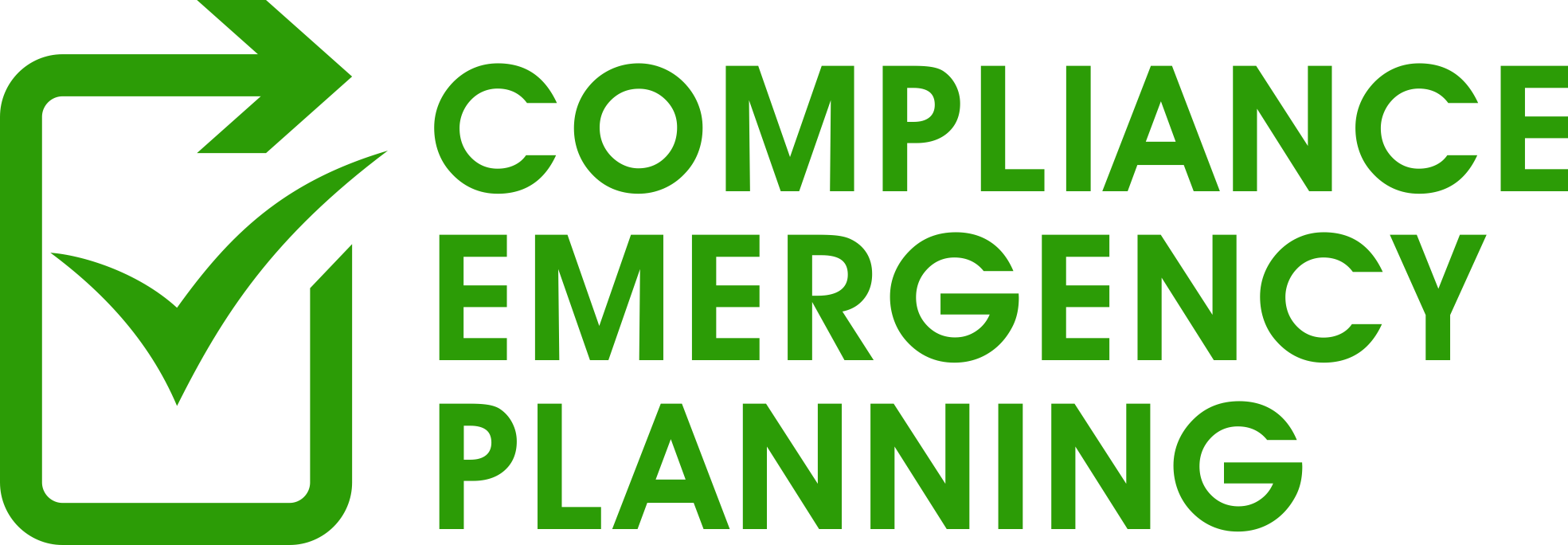Fire Safety Audits
NSW – Annual Fire Safety Statement Audits
Safety is legislated into a wide range of the things we do, build and use in NSW. There are regulations regarding the way buildings are built to ensure safety during fire. Once the measures required are included in the plans, approval can be given to construct. Once the required measures are installed and certified to perform to the installation standard, then occupancy approval can be given. The list of required safety measures becomes the Fire Safety Schedule.
To ensure the safety measures in buildings in NSW continue to perform to the Standard to which they were installed, the Environmental Planning and Assessment Regulation requires building owners to have a properly qualified person inspect the building each year and create a statement confirming the status of the safety measures. This Annual Fire Safety Statement is sent to the local Council and NSW Fire & Rescue to confirm that the safety measures will perform to the standard to which they were installed and that there are no grounds for prosecution under Division 7 of the Environmental Planning and Assessment Regulation. This statement regarding Division 7 is often neglected or include without taking measures to ensure there are no grounds for prosecution. Division 7 details the requirements relating to fire safety notices, fire exits, doors relating to fire exits, paths of travel to fire exits etc.
Sometimes building owners collect statements from service contractors and then sign their AFSS based on this. The statements often certify that the systems have been serviced to the service standard and do not certify that the system will function to the design standard. If there has been no inspection of the Division 7 items then the building owners may be inadvertently completing the AFS without due diligence and perhaps erroneously.
Compliance Emergency Planning can assist building owners when the AFSS is due. Compliance Emergency Planning can perform an audit of the essential safety measures that were listed on the Fire Safety Schedule. The audit employs a complete facility walk through to:
- research any defects in the listed measures that may prevent them from performing to the installation standard;
- review the service records of the measures to ensure the required service has been performed;
- compare the service levels delivered to the service levels contracted, providing feedback on work that has been paid for but may have been omitted;
- determine whether any outstanding maintenance recommendations need to be completed; and
- produce a report, supported by photographs, of deficiencies that need to be corrected prior to the building owner confidently signing the AFSS.
This approach allows a quality control check to be completed by an auditor who is independent from the fire service contractor. It can highlight areas where service needs to be improved, outstanding services that are required, either those recommended by the service provider and not yet accepted or services paid for and not yet completed.
 An AFSS audit helps distinguish maintenance and rectification that is needed for compliance, from optional system improvements, while providing the important ‘Division 7 check’.
An AFSS audit helps distinguish maintenance and rectification that is needed for compliance, from optional system improvements, while providing the important ‘Division 7 check’.
